Since my post last week discussing 22@ Barcelona, I’ve found myself reminiscing about the year I spent there. Amidst today’s lively debates on sustainability, I recalled the Student Housing in Sant Cugat designed by H Arquitectes and dataAE, where I resided during that time. This building was newly constructed, and I had the privilege of being one of its first occupants. Notably, it became the first building in Spain to receive the Swiss Minergie designation for sustainable architecture and achieved the highest rating of “A” by the Spanish green building consortium. (link in the comments)
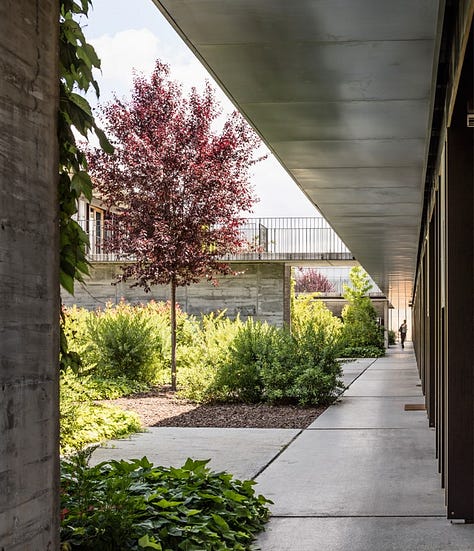
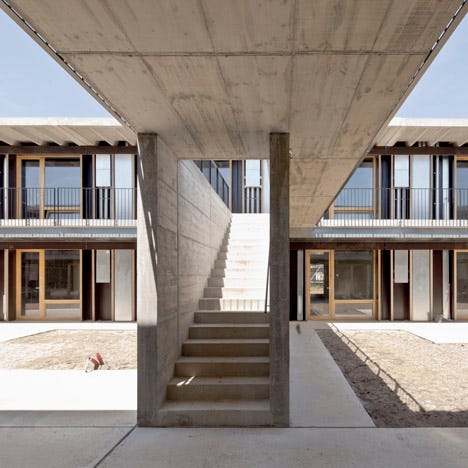
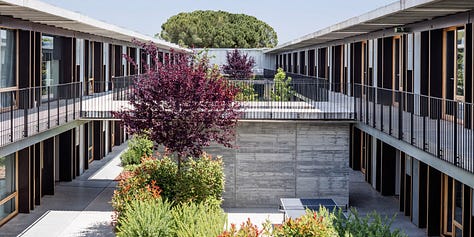
While my initial goal was to share my experiences living in such a novel structure—highlighting my impressions, expectations, and the contrasts between how this award-winning project for sustainability was marketed versus what I observed on-site—I believe I’ll save that discussion for another time. This reflection has prompted me to consider how perceptions have shifted over nearly 15 years, particularly regarding the primary material used: CONCRETE.
I couldn’t help but observe that nowadays, referencing concrete in a project aimed at sustainability carries a negative connotation, perhaps even suggesting a contradiction. The student complex I am referring to was primarily constructed with exposed concrete.
Furthermore, I noticed that in the presentation of a project by an international firm, the term “CONCRETE” was entirely omitted from any website or article associated with it. Clearly, if one examines the details and visits the site, concrete has not vanished as if by some magical means. Instead, only cedar wood is highlighted in its presentation. I suspect that if the project were genuinely intended to be constructed entirely from wood rather than merely featuring it as cladding—as this one does—it would have been specified as such. When did “concrete” become viewed as the enemy?
While browsing the internet, I stumbled upon the March 2025 editorial from Domus - “Bjarke Ingels: Concrete, the anti-hero of architecture”. (link in the comments)
I was not only pleased to see someone addressing the questions I’ve been pondering lately, but I also noticed a plethora of examples featuring architects like Le Corbusier, Zaha Hadid, and Tadao Ando. This prompted me to add a few more names to the conversation, such as Álvaro Siza, Souto de Moura, Herzog & de Meuron, SANAA, and UNStudio—architects whose remarkable concrete structures I have visited. The list could go on.
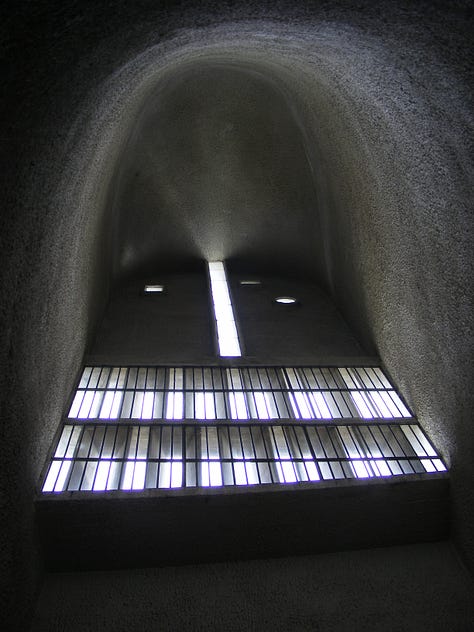

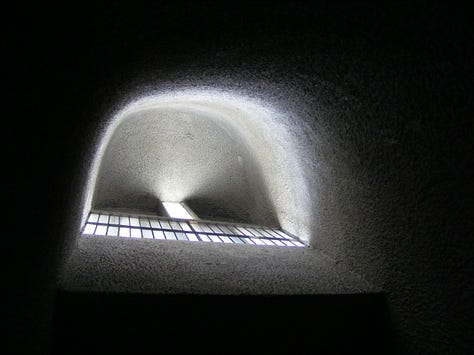
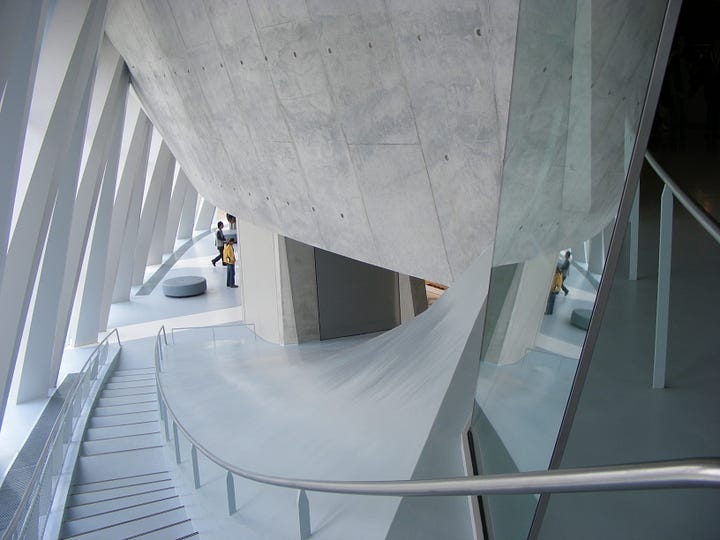
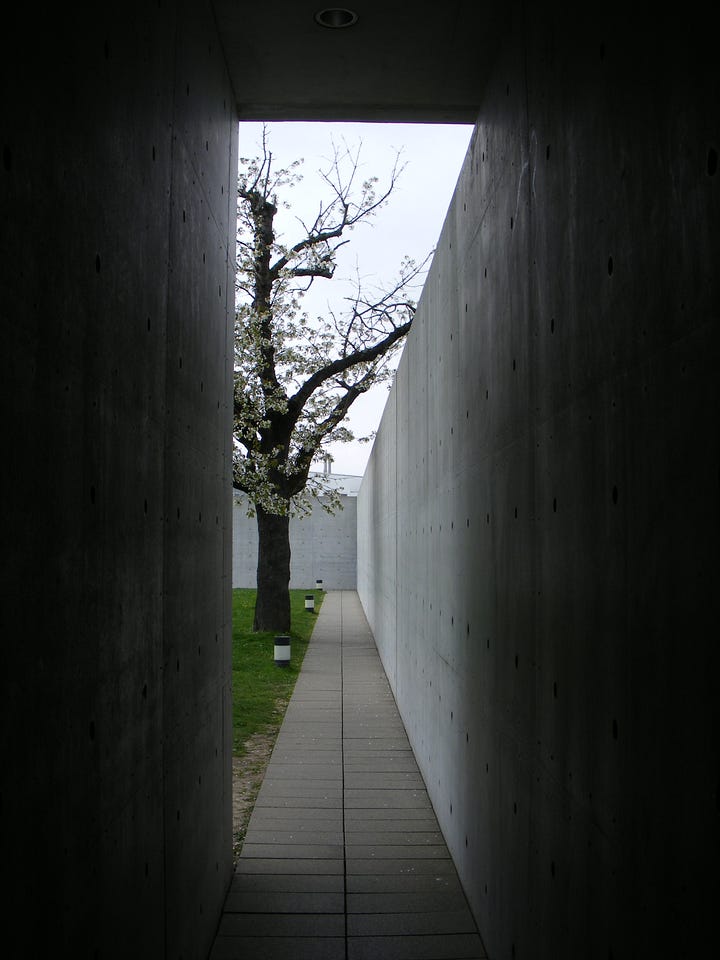
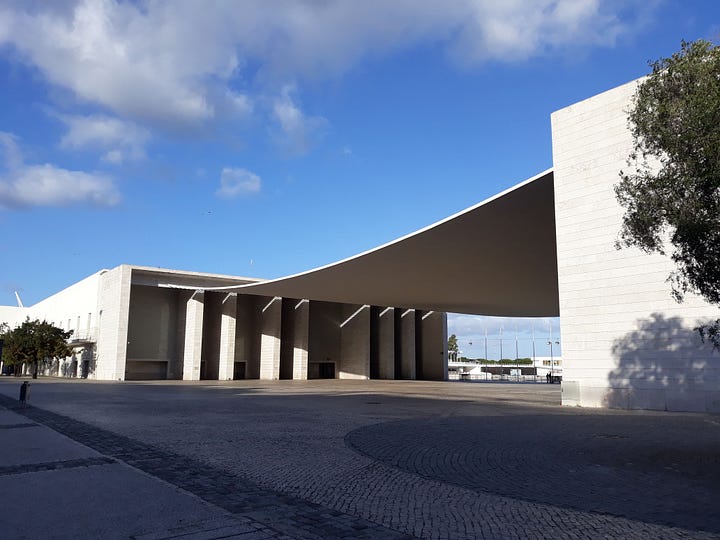
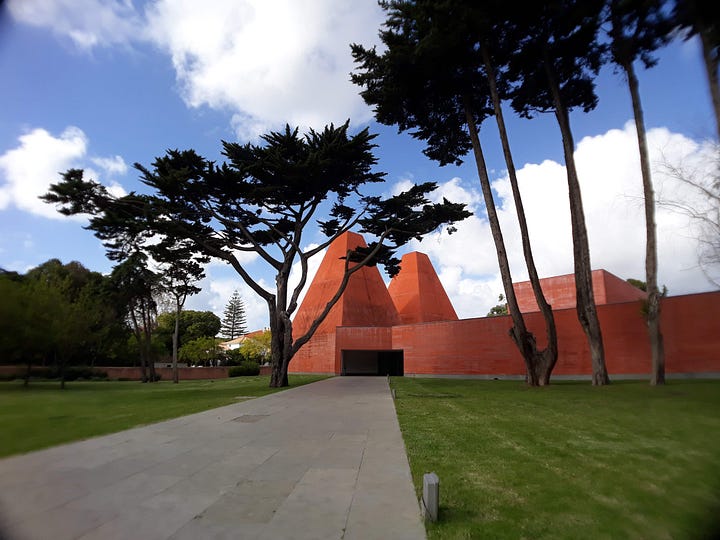
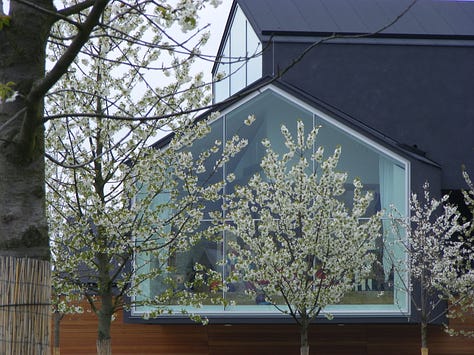
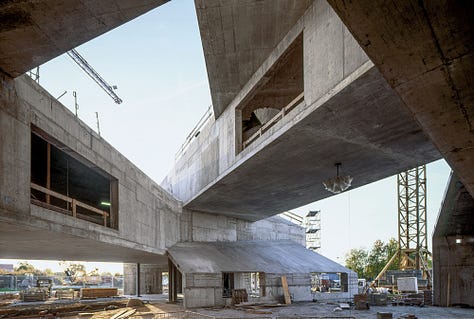

As Bjarke Ingels articulates in this piece,
“I cannot imagine a future without concrete.”
In line with this thought, I discovered Partanna’s CO₂ absorbing concrete a few months ago and have been following its developments closely. (link in the comments)





https://www.harquitectes.com/en/proyectos/etsav-912/
https://www.archdaily.com/396245/student-housing-in-sant-cugat-del-valles-dataae-harquitectes
https://partanna.com/carbon-negative-concrete?fbclid=IwZXh0bgNhZW0CMTAAAR0dwXdWkZ-LmreH-WFx7pbAz97ZdQWOzayNnST-uq8R79PKJfHHLXmTKzY_aem_xjah0R01H7ByvTJkrMT4dA
https://www.constructionweekonline.com/news/abu-dhabi-partners-with-partanna-to-launch-carbon-negative-cement-facility